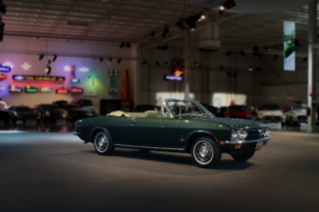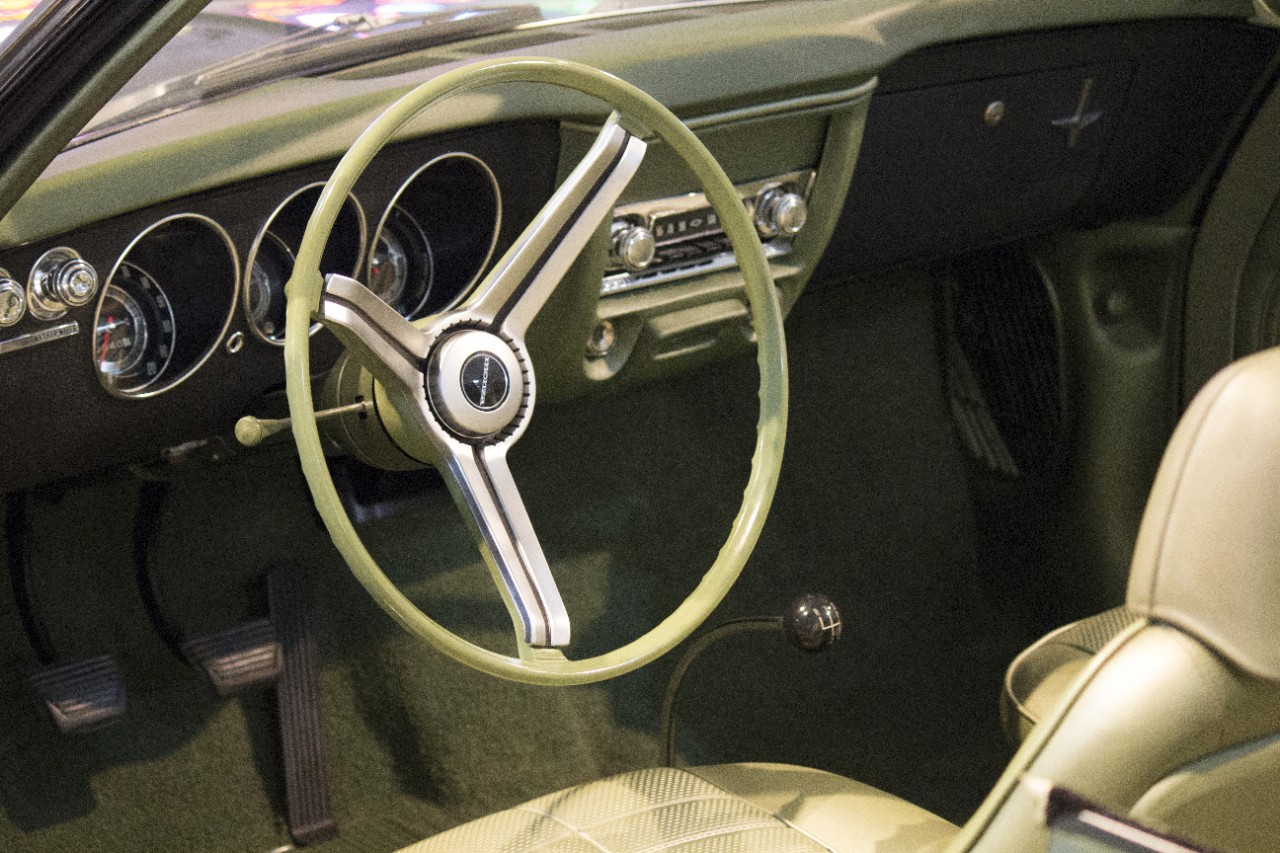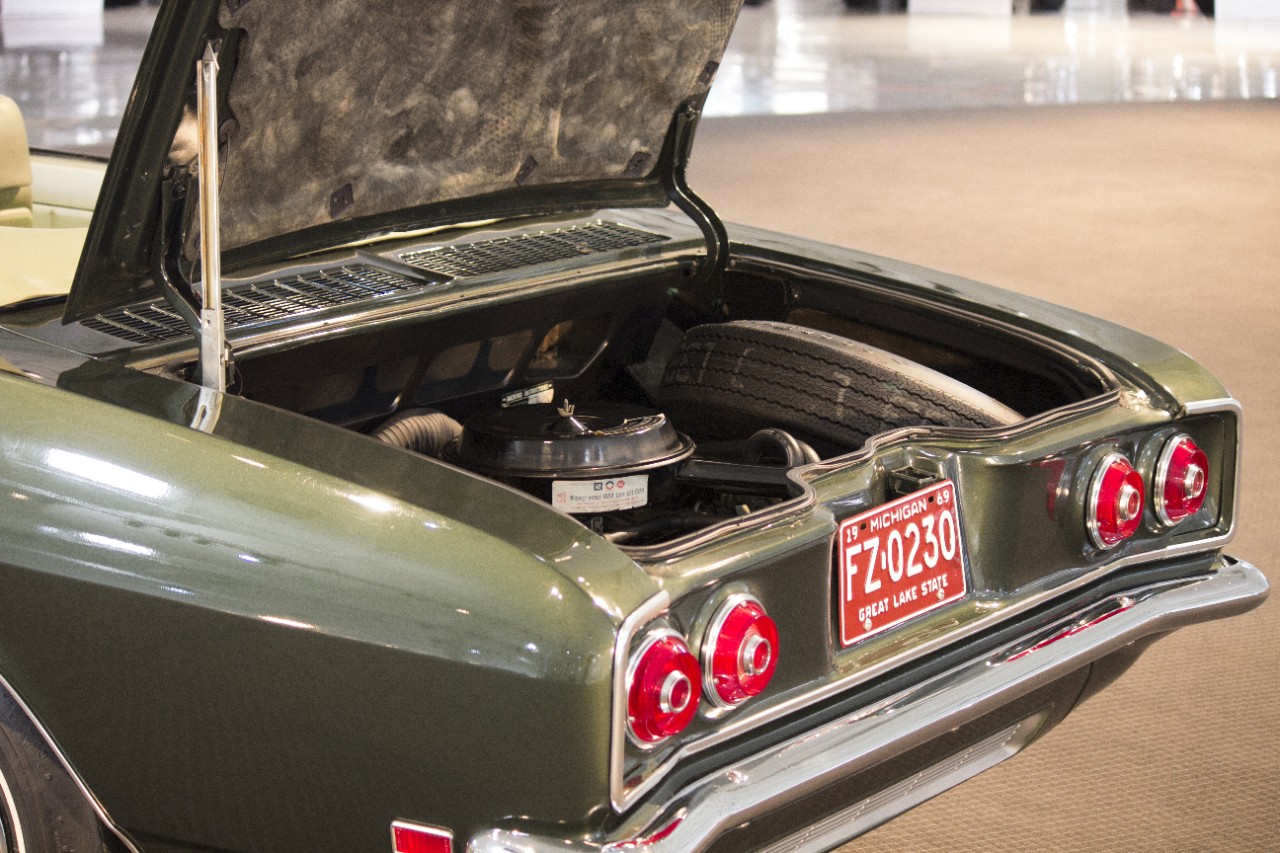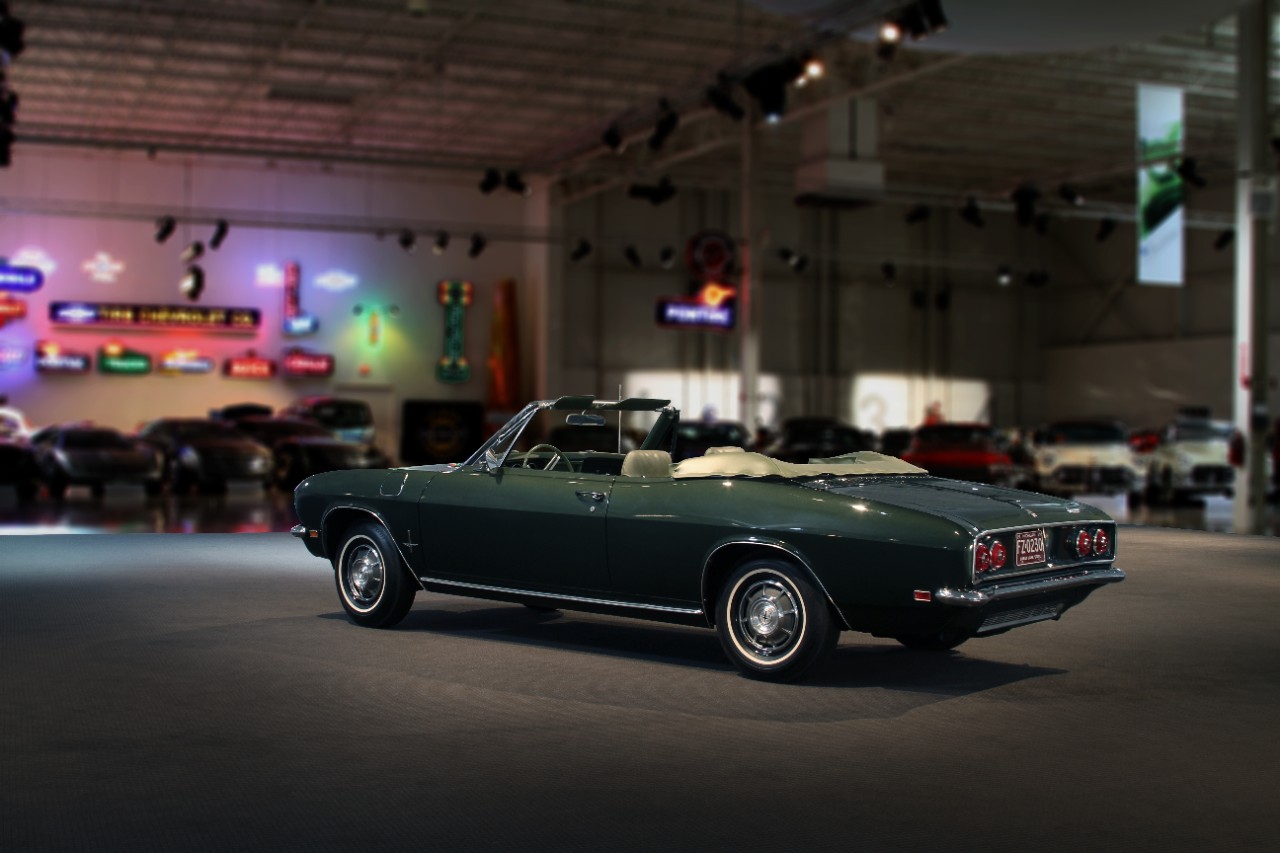
The 1969 Corvair Group & Registry
For those interested in 1969 Corvairs, a special interest chapter of the Corvair Society of America (CORSA) was formed
in the summer of 2002. The Group previously published a quarterly newsletter, The Sixty-Niner, back-issues of which are
available for download on this website.
The group continues to publish an updated vehicle roster periodically.
The 1969 Corvair Registry currently lists details on nearly 1500 ‘69s.
Since specifications on individual Corvairs are not available from Chevrolet,
the Group’s founders focused on obtaining information on additional 1969
vehicles. This mission lives on and the Registry continues to grow as more ‘69s
and their detailed specs are discovered and recorded.






Click HERE to go back to the 1969 Corvair Group Home Page. Edited by redbat01@verizon.net on 02/15/2024